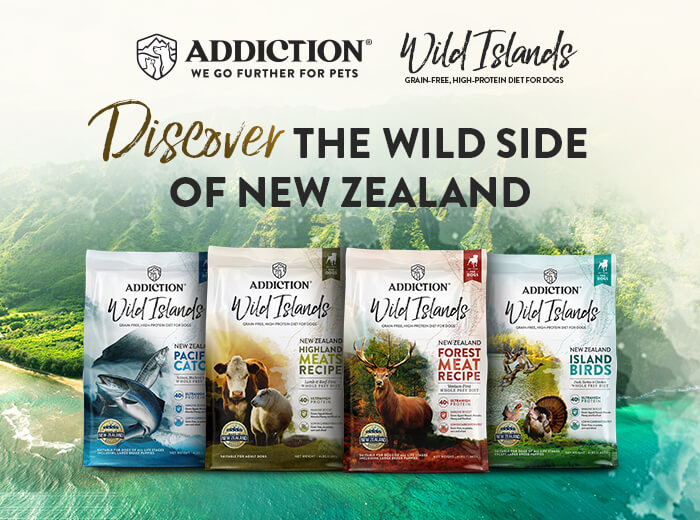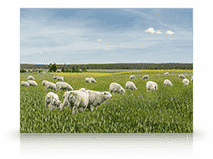Have you heard of gastric torsion? It’s a life-threatening disorder among canine pets, especially in deep-chested breeds. It is known to be “one of the leading causes of death in dogs, second only to cancer in some breeds, and the number one killer disorder for Great Danes.”[1]
What is gastric torsion?
Gastric torsion is also known as gastric dilatation and volvulus or GDV. It is a disorder wherein the dog’s stomach becomes dilated and twists around itself. If viewed from behind, the stomach can do a full 360⁰ turn clockwise or a 90⁰ turn counterclockwise.[2] This gastric rotation will trigger a number of emergency conditions like progressive stomach distension, increased abdominal pressure, damage to the cardiovascular system, and decreased blood flow where cellular or organ damage or death happens.[3]
Signs and symptoms
Onset of gastric torsion is quick. One minute your dog is acting normal then when the symptoms kick in, they get worse fast. That’s why gastric torsion in dogs is treated as an emergency case. Here are the symptoms you have to be on the lookout for as outlined and discussed in Preventive Vet:
- Hard, bloated or distended stomach
- Unproductive retching or dry heaving
- Restlessness and pacing
- Excessive salivation
- Standing with elbows pointed outward and neck extended
- Fast, heavy or difficult breathing
- Rapid pulse rate
- Collapse
Once these are displayed by your pet, rush him to your nearest veterinarian as gastric torsion is a fatal disorder. Your pet will likely have a surgery to repair the volvulus (or twist) and saw his stomach back.
Treatment
PetMD summarizes the treatment of GDV in dogs as follows: “GDV is an emergency condition requiring patients to be hospitalized and aggressively treated. If secondary cardiovascular problems are apparent, they will need to be immediately treated. After the heart is stabilized, gastric decompression can be performed, preferably with orogastric intubation, a process by which a tube is inserted through the patient’s mouth into the stomach. After these processes are complete and the patient is stabilized, surgical measures may be taken to return internal organs (such as the stomach and spleen) to their normal positions. Additional treatment may be needed to address any organ damage. A permanent gastropexy, in which the patient’s stomach is surgically secured to prevent future improper rotation, may be done to prevent recurrence of GDV.”
Prevention
While gastric torsion can happen to any dog breed, it pays to know if your canine pet is predisposed. Note that deep-chested breeds are likely to have it. These are the breeds predisposed to gastric torsion or GDV: Great Danes, Weimaraners, Saint Bernards, Gordon Setters, Irish Setters, Doberman Pinschers, German Shepherds, Basset Hounds, Akitas, Newfoundlands, Old English Sheepdogs, and Standard Poodles.
Feed your dog two or three times a day in smaller portions rather than giving a one-time large meal.
Don’t exercise or walk your dog after eating. Withhold large amounts of water for an hour to give your pet time enough to process his meal. You may give him water in small amounts.
Reduce stress during meal times. Dogs tend to be competitive when eating alongside other pets. You might want to separate him from others so he can take his time eating his food.
And most of all, give your pet a grain-free diet. Grain-free diet is advisable compared to one that has lots of fermentable carbohydrates. Choose from a wide array of Addiction Pet Foods’ dog food diets for your canine pet.
Buy Addiction Pet Foods in a store near you.
Like us on Facebook and follow us on Instagram for more pet health and nutrition updates.











